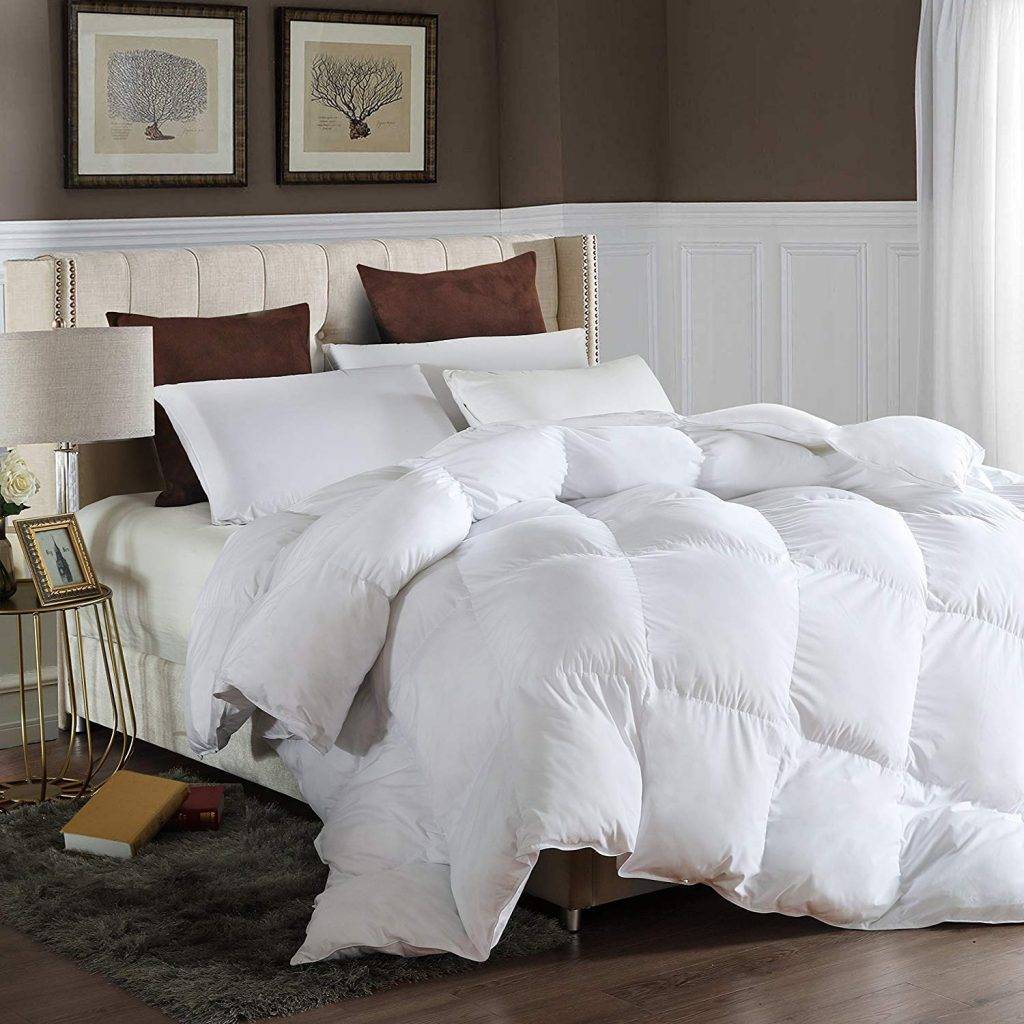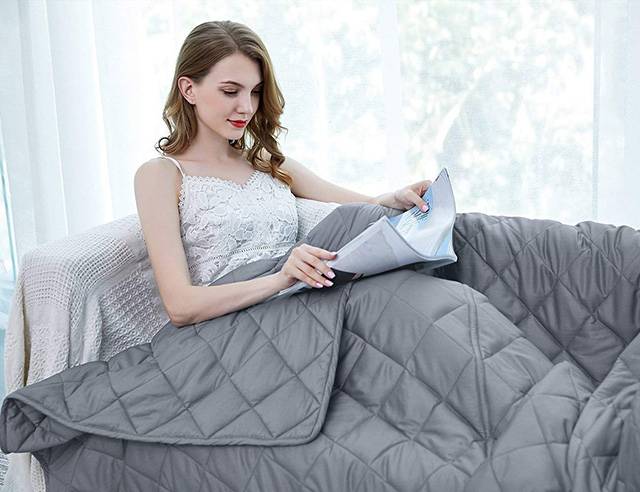A duvet and a blanket are two different things. There are similarities, the most prominent being that they are covers for you and your bed, but other than that, there’s not much resemblance between them.
You can probably find them being sold in the same place however, which is where the problems start. If you’re not aware of the differences between a duvet and a blanket, they’ll look the same to you. In truth, they have very different functions and properties that will make an immense impact on your sleeping experience.
| Duvet | Blanket |
| Two Pieces | One Piece |
| All year usage | Can only be used at a certain time in the year |
| Stuffing and Material | One type of material/fabric used |
Duvet
Two Pieces to One Duvet
To start off, a duvet is not a one-piece accessory. There are two parts to a duvet that you have to remember. The first part is naturally, the actual duvet itself. This is similar in appearance to a bag that has been stuffed with any kind of filling from down to synthetic fibers. The duvet interior is lightweight and airy to allow proper air regulation while you sleep. This helps keep your heat concentrated inside of the duvet while you rest so you’re warm at night when it’s cold. In the summer, the airy midst will allow cool air to flow through the filling and prevent you from building up too heavy of a sweat at night.
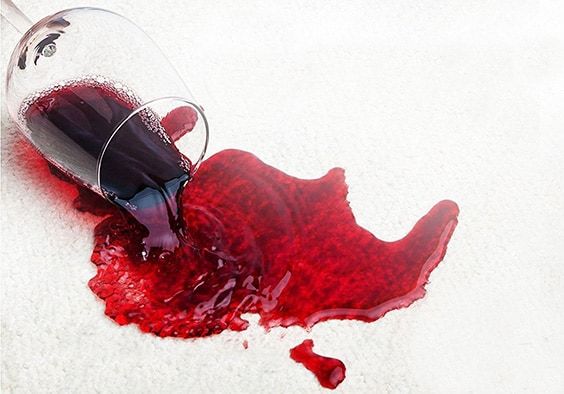
Can Be Used Throughout the Year
Thanks to the fact that duvets are breathable and regulate temperature, they can be used throughout the year.
In the winter, they can have a heavier cover to help keep you warmer during the night. The airy stuffing will collect more heat and keep you comfortable at night, without making you build up a sweat. Once the seasons begin to get warmer, you can place a lighter cover over the duvet to allow more air flow. It’ll help you stay cooler and more relaxed at night, providing longer more proficient sleep.
Stuffing and Materials of a Duvet
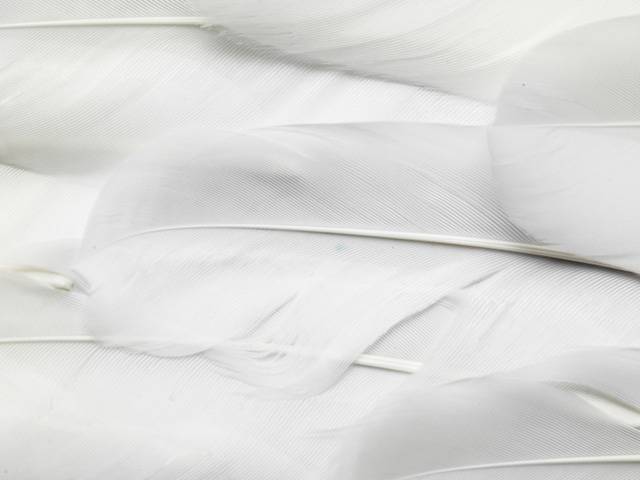
You may want to check out: How to Use a Duvet Cover
Blanket
One Piece to a Blanket
Unlike the duvet, a blanket has no cover of extra stuffing. Blankets are most commonly made out of one layer and type of fabric, so the detail is kept at a minimum. They can have designs and patterns on the fabric, but there is no additional space inside of the blanket for thermal stuffing or spaces like a duvet has.
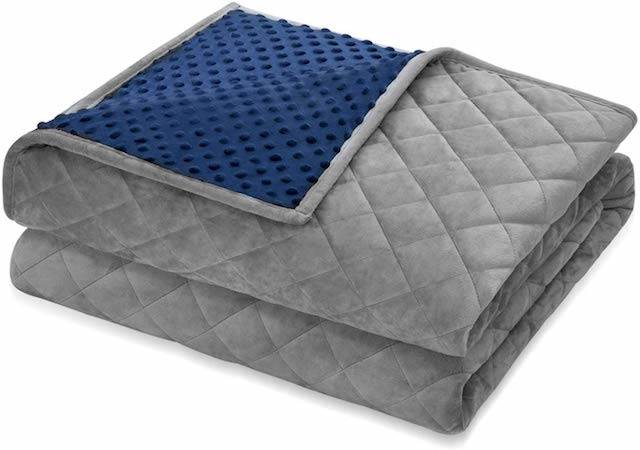
Can Be Used in One Season
No matter what time of year you are in, a blanket can become your cover. But, there is one flaw to relying on a blanket throughout the year, you’ll need more than one. A blanket only has one level of thickness, one level of warmth to provide. So while one blanket would be perfect for the winter, it would probably not suit you in the summer. You’ll need two or more blankets to cover the entire year if blankets are the only source of coverage you rely on.
One Layer of Material in a Blanket
There is only one layer of fabric used inside of a blanket, which can make it easier to take on and clean in some cases. It’s also the reason why blankets tend to be less expensive than duvets. They don’t have stuffing either, like down or feathers, so they come with some more affordable price tags overall.
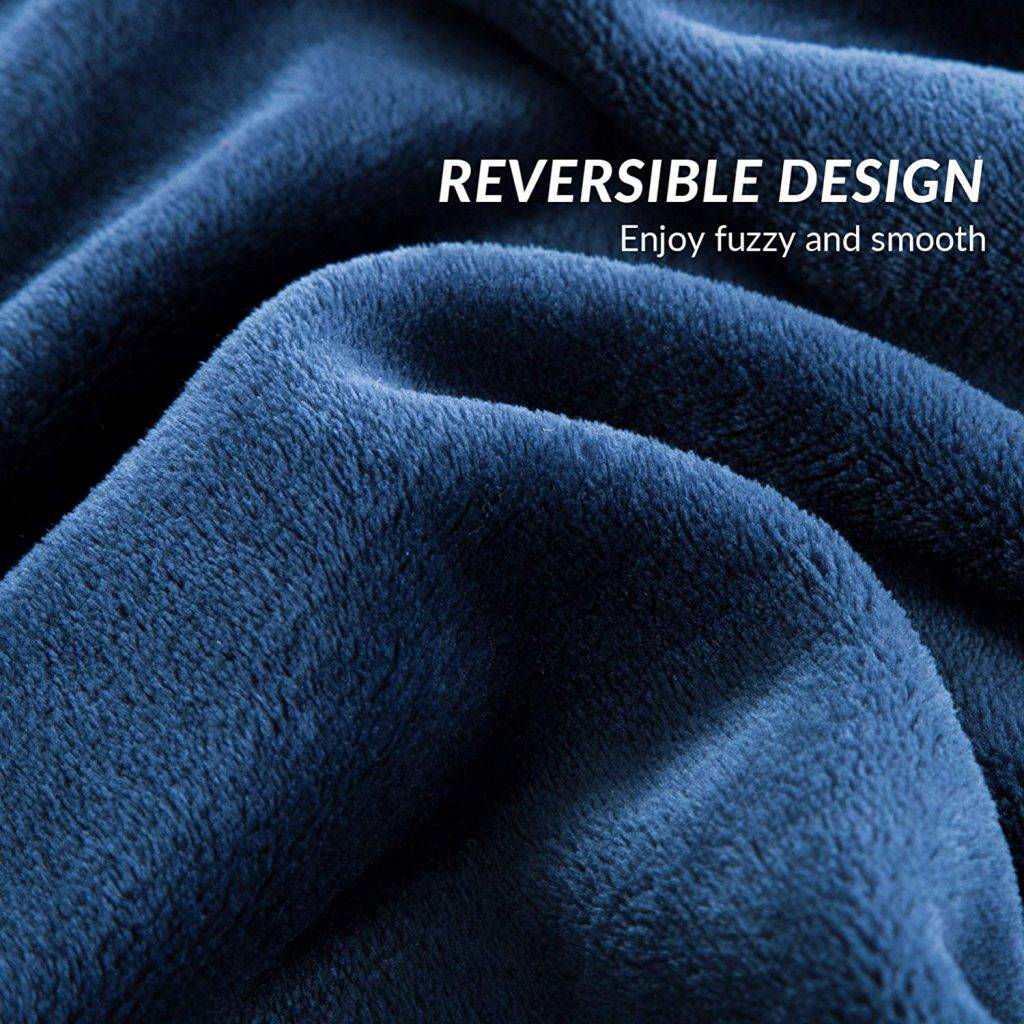
The price tag will vary depending on the details considered for the blanket and the quality of material used.
Final Thoughts
A duvet is a modern twist on covers that has become more efficient and easier to maintain than most covers. The duvet itself does not have to be washed or stored since it’s out all year. This makes it a preferable choice over others. The all-year round usage is also appealing to many people since it only means you have to invest in one cover.
A blanket is a more simplistic approach to bedding covers since there are no covers or layers you have to worry about. There are two or three blankets you’ll need for the whole year and you can simply throw them in the wash if they ever get dirty. In the end, it’s not about what we think of the covers, it’s what you’d prefer out of your covers. If you enjoyed reading this article and found it helpful, then feel free to express your opinion in the comments below. Be sure to share this with anyone who is also tangled up in the duvet vs blanket debate in their own bedroom. Remember, there is a difference and it can help you to know what.
